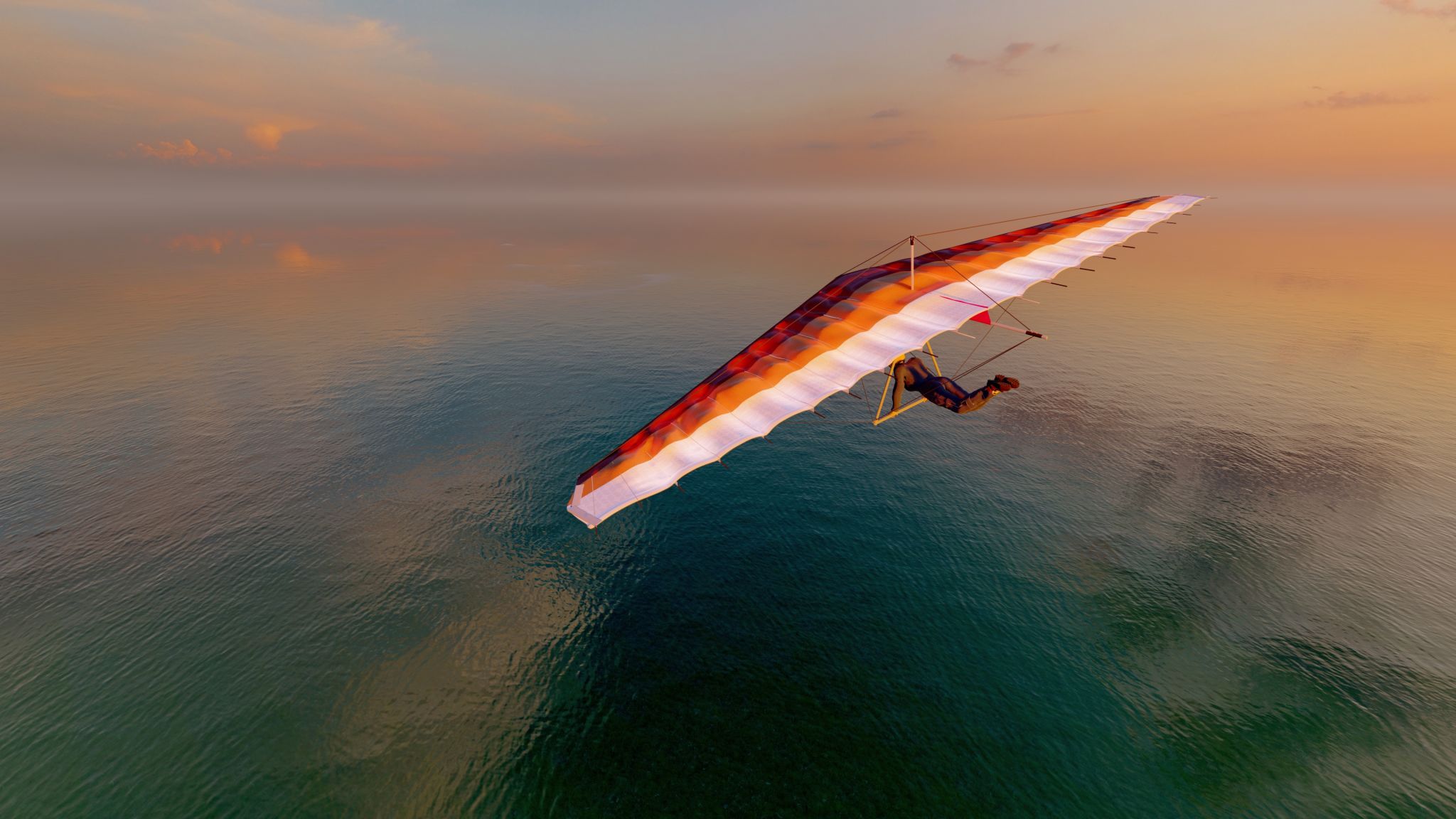Paragliding vs. Hang Gliding: Which is Right for You?
Understanding the Basics
When it comes to experiencing the thrill of flight, both paragliding and hang gliding offer unique and exhilarating opportunities. These air sports allow you to soar through the skies, enjoying breathtaking views and a sense of freedom. However, choosing between paragliding and hang gliding can be challenging if you're not familiar with the differences. In this post, we'll explore the characteristics of each sport to help you decide which might be better suited for your adventurous spirit.

Equipment and Setup
One of the primary differences between paragliding and hang gliding lies in the equipment used. Paragliders use a fabric wing or canopy that resembles a parachute, allowing pilots to take off on foot from a gentle slope. The setup is relatively lightweight and compact, making it easy to transport and set up.
In contrast, hang gliders consist of a rigid wing structure typically made from aluminum or composite materials, forming a distinctive delta shape. This design requires a more complex assembly and is generally heavier than a paraglider. As a result, hang gliders usually need a more structured launch site, such as a hilltop or cliff.

Flight Dynamics and Control
The flight dynamics of paragliding and hang gliding also differ significantly. Paragliders are known for their softer, more flexible flight characteristics. Pilots can control the glider by shifting their weight and pulling on brake lines attached to the canopy. This allows for smooth, agile maneuvers and a relatively gentle flying experience.
On the other hand, hang gliders offer faster speeds and more robust control dynamics due to their rigid frame. Pilots maneuver the glider by shifting their body weight against a control bar, providing precise and responsive control. This makes hang gliding an excellent choice for those seeking a more high-adrenaline experience with sharper turns and higher speeds.
Accessibility and Learning Curve
For beginners, paragliding is often considered more accessible than hang gliding. The setup process is quicker, and the learning curve is generally less steep. Many beginners find they can start flying solo after just a few lessons with an instructor. Additionally, paragliding offers a greater variety of launch sites, as it doesn't require as much elevation or space for takeoff.
Conversely, hang gliding may require more time and commitment to master. The sport often necessitates more extensive training due to its complex equipment and the need for specific launch conditions. However, for those willing to invest the time, hang gliding can offer longer flight durations and the ability to cover greater distances.

Cost Considerations
When it comes to cost, paragliding tends to be more budget-friendly than hang gliding. The equipment is generally less expensive, and the cost of lessons can also be lower. This affordability makes paragliding an attractive option for those just starting with air sports.
Hang gliding equipment and training can be pricier due to the specialized gear required. If you're looking for a long-term investment in an air sport, it's essential to consider whether the additional features of hang gliding justify the higher cost for you personally.
Which Suits Your Personality?
Ultimately, the decision between paragliding and hang gliding may come down to personal preference and what you're looking to get out of the experience. If you prefer a more laid-back flying style with easy setup and access, paragliding might be the right choice for you.
However, if you're drawn to speed, precision, and the opportunity to tackle more challenging flights, hang gliding could be a better fit. Both sports offer incredible experiences that connect you with nature and push your boundaries in new ways.
